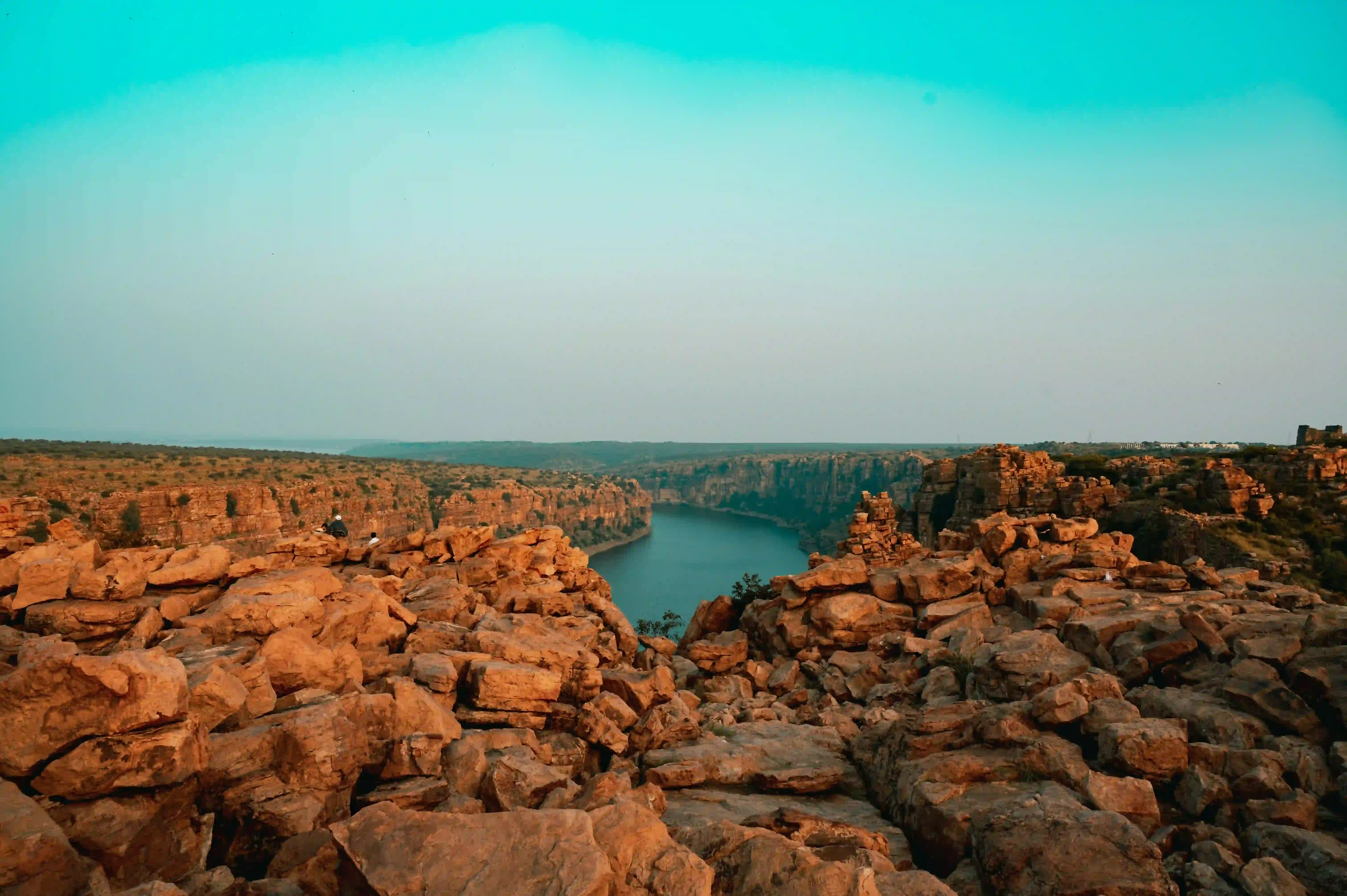The Bhitarkanika Mangroves represent a remarkable ecological treasure nestled in the Kendrapara district of Odisha, spanning an impressive 672 sq. km of biodiverse landscape. This extraordinary ecosystem serves as a natural fortress, protecting coastal communities while harboring an intricate web of wildlife and environmental significance.
Since its establishment as a wildlife sanctuary in 1975 and subsequent national park designation in 1998, Bhitarkanika has emerged as a critical conservation zone. The mangrove forests are home to over 215 bird species and a substantial population of saltwater crocodiles, creating a complex and resilient habitat that supports numerous endangered species.
The region's ecological importance extends far beyond its biodiversity. These mangrove forests act as a natural barrier against cyclonic storms and tidal erosion, providing crucial protection for vulnerable coastal villages like Badakot. Local communities have developed deep, symbiotic relationships with this ecosystem, utilizing resources sustainably while participating in conservation efforts.
Historically, Bhitarkanika transitioned from a royal hunting ground of the Kanika kings to a state-managed conservation area after the monarchy's abolition in 1952. This shift marked a significant turning point in the region's environmental management, highlighting the evolving understanding of ecological preservation and sustainable development.
The area's nickname, the "Amazon of India," underscores its remarkable biodiversity and ecological complexity. Species like the king cobra and spotted deer thrive within these dense mangrove forests, creating a living laboratory of ecological interactions and evolutionary adaptations.
Recent developmental initiatives have focused on transforming Bhitarkanika into a global ecotourism destination. The state government has invested in modern infrastructure, including jetties, watchtowers, and a three-story interpretation center designed to showcase the area's natural beauty while promoting environmental education and awareness.
Despite ongoing challenges of environmental degradation and potential fund misappropriation, Bhitarkanika remains a beacon of hope for conservation. Community-driven initiatives and scientific research continue to play crucial roles in protecting and understanding this unique ecosystem, ensuring its preservation for future generations.
The mangrove forests of Bhitarkanika represent more than just a geographical location; they embody a complex narrative of environmental resilience, cultural heritage, and the intricate relationship between human communities and their natural surroundings.






